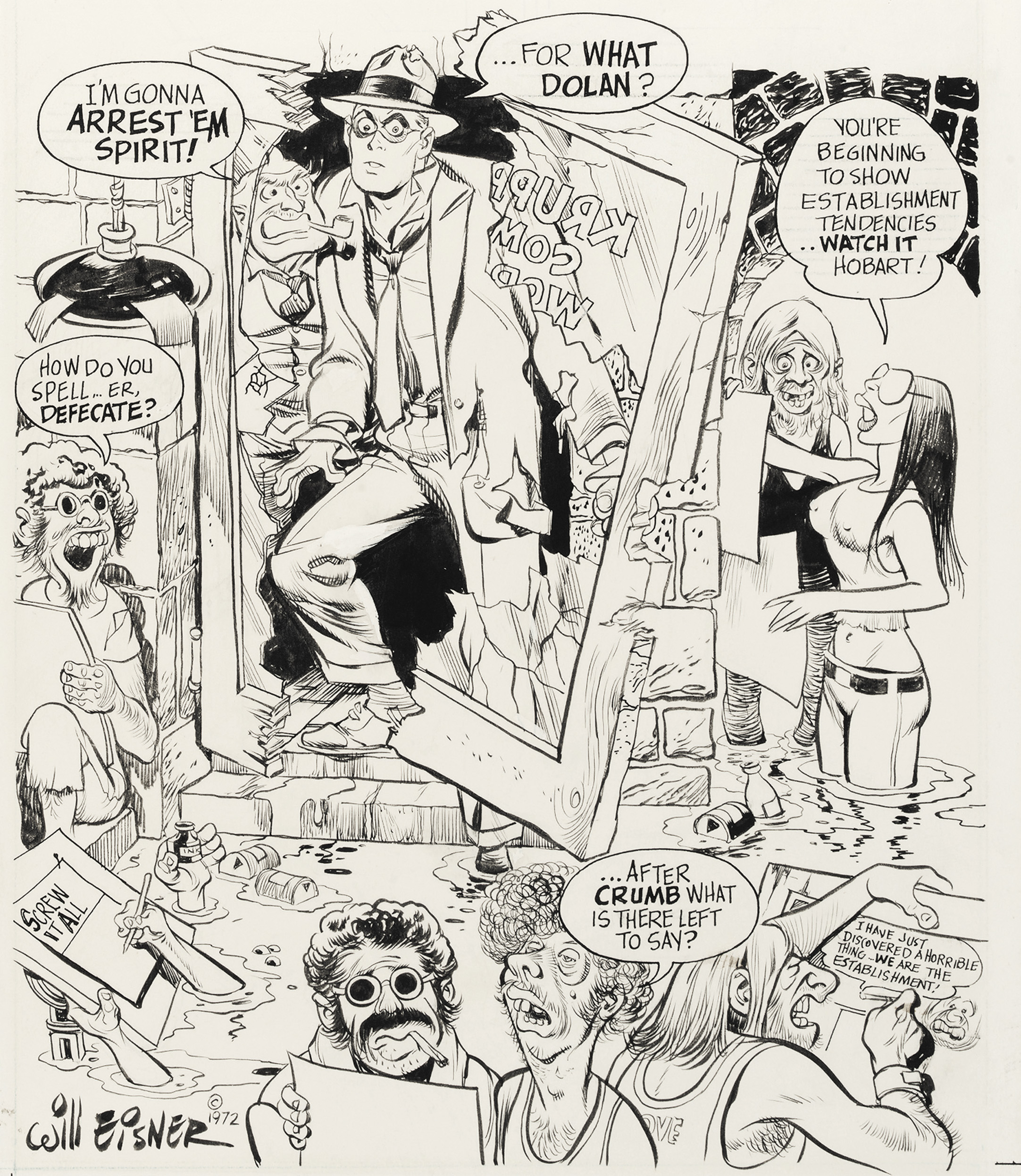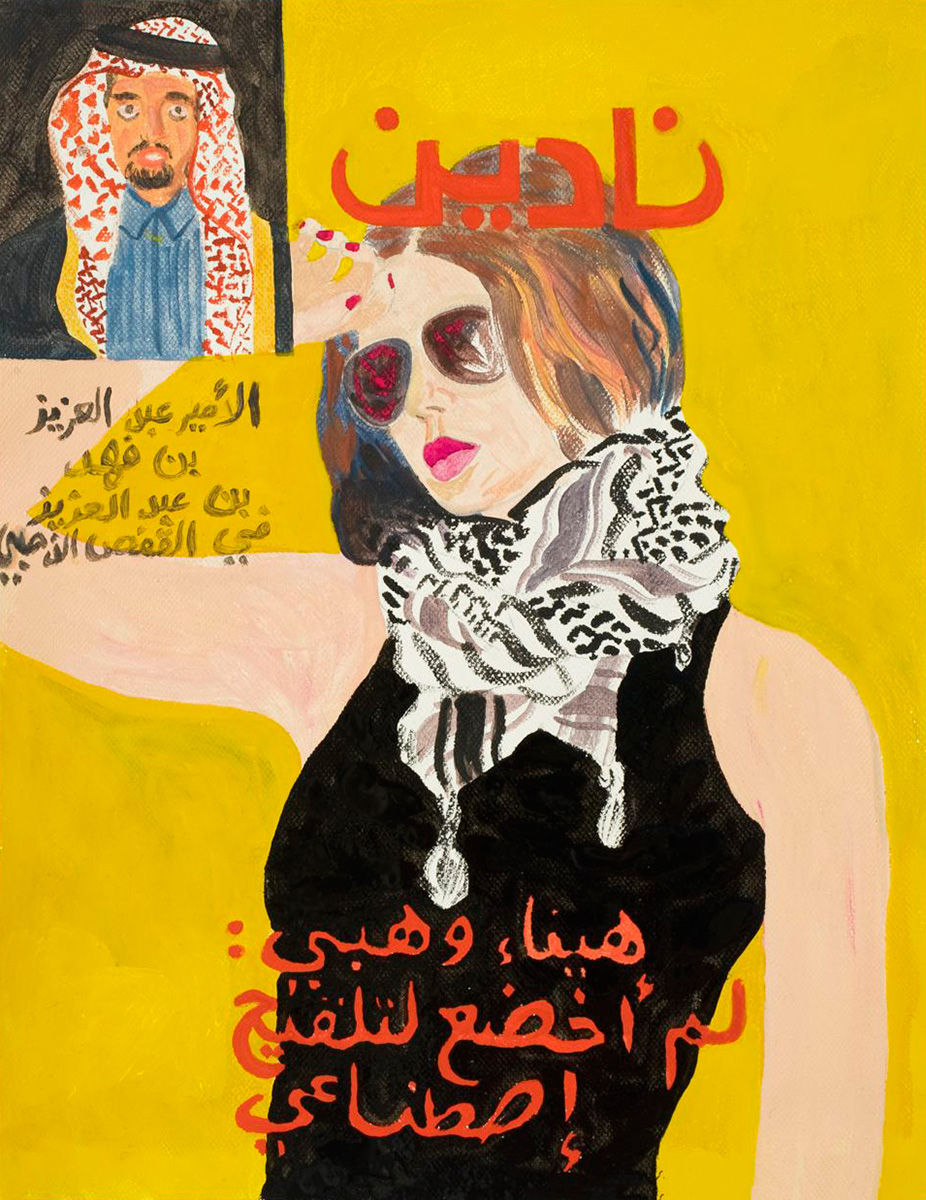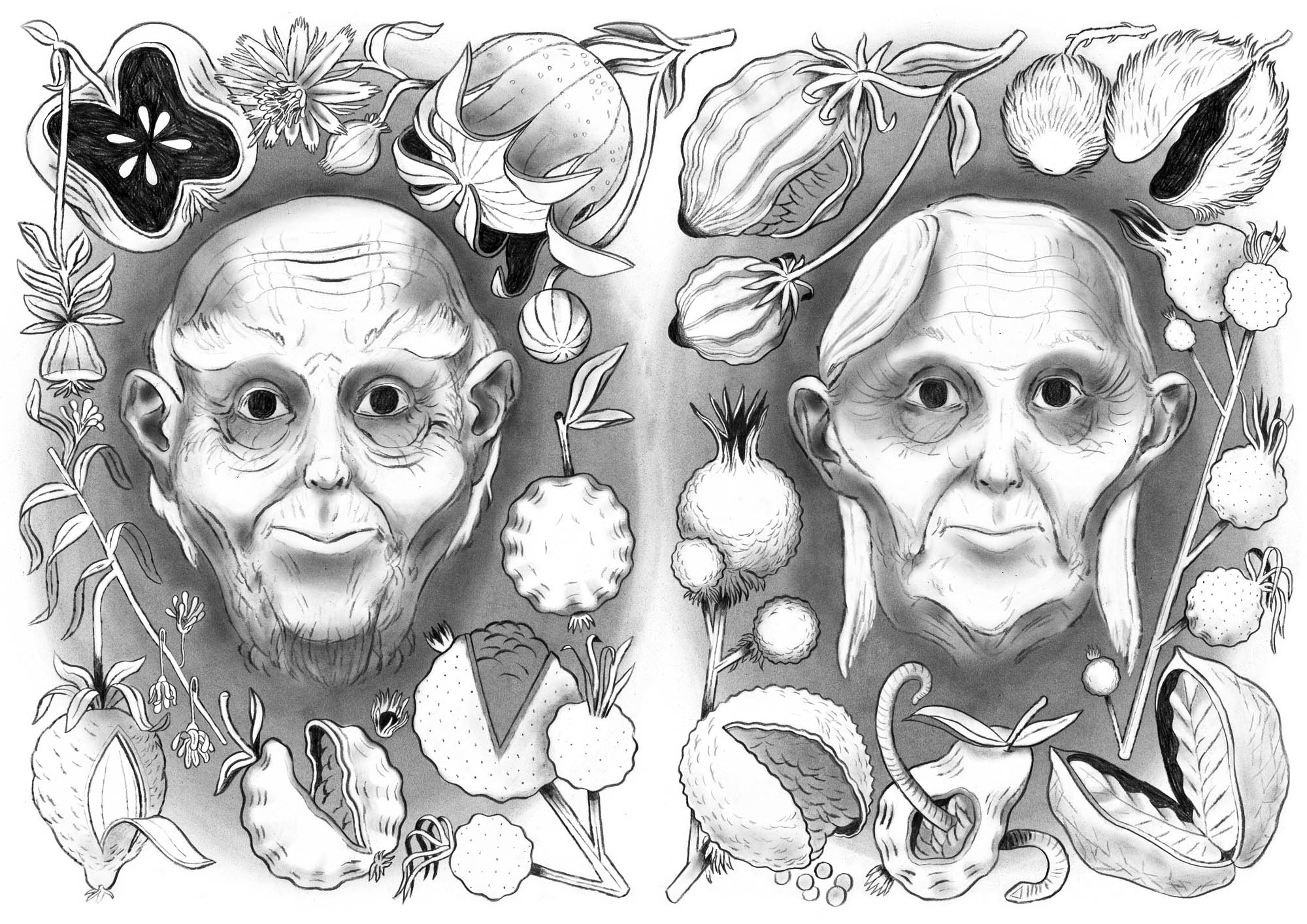Arab comic strips experience their own spring

Despite being energised by the recent revolutions, Arab comic strips are not limiting themselves to political issues. swissinfo.ch met two cartoonists at the Fumetto International Comix-Festival in Lucerne.
Lena Merhej, a 36-year-old Lebanese-German graphic designer and illustrator, and Mohamed Shennawy, a 34-year-old Egyptian graphic designer, loved illustrated stories even as toddlers.
These are known as “comix” in the Arab world, where the ninth art remains unpopular and lacks financial resources. Nevertheless, Merhej and Shennawy have made a name for themselves on the adult cartoon scene.
In 2007, Merhej and five Lebanese artists created Samandal, a magazine published in Beirut in Arabic, French and English. Shennawy launched Tok Tok, a magazine written in the Egyptian vernacular form of Arabic, on January 25, 2011 – just before the start of the revolution.
The two magazines have since gained in popularity. They appeal both to fans of cartoons and to other illustrators, thanks to their boldness and the quality and variety of subjects.
Increased significance
“Today, Arab comix are better known in Europe where a number of festivals have, in the past two years, shown works by Arab artists tackling subjects which aren’t limited to the revolutions,” Merhej told swissinfo.ch at this year’s festival in Lucerne, which ran from March 16-24.
Anna Gabai is one of the few European specialists interested in Arabic comix. The Italian, who is in charge of the “Al-comix al-arabi” section at the Fumetto, said the revolutions turned the global spotlight on the Arab world.
“Now, comix are part of this world, with their new cultural realities and new productions which the West has suddenly discovered,” she told swissinfo.ch.
The revolutions have also resulted in the appearance of talented graffiti artists, among others, in cities plagued by uprisings.
Shennawy said that after January 25, 2011, visual art assumed increased significance.
“Everyone there used their talent to express the depths of their thoughts. And many people began looking at videos, photos and drawings posted on Facebook and Twitter,” he said.

More
From Crumb to Cairo: celebrating a global art form
Two worlds
As a child, Merhej experienced the civil war in Beirut; some of her drawings evoke her memories of her childhood.
In creating Samandal, she fulfilled a dream. The magazine’s name is not insignificant – a samandal (salamander) lives between two worlds: land and sea. She explains how the magazine also lives between two worlds: “text and image, fine art and popular art, traditional and experimental”.
As a slogan, the editors of the magazine chose “comic strips from here and elsewhere”. It’s the story of blurring geographic and linguistic borders and of underlining the mixture of styles (irony and poetry) and themes (religion, politics, sexuality, etc.) – never forgetting to temper passions through self-censorship.
With the aim of encouraging an exchange of experiences, Samandal is open to non-Arab artists. Flab from Brazil, Andy Warner from the United States and the Belgian magazine L’Employé du moi were the first collaborators.
Although the political aspect is very present in Samandal, the Lebanese civil war doesn’t play a central role.
“We refuse to write about the war, a subject that exasperates us,” Merhej said. “What we do want to do is to concentrate on creativity, make the most of our artistic resources and use new technology for the narration.”

More
Lucerne festival illustrates rich world of comics
“Efficient but annoying”
Merhej and Shennawy both prefer to avoid the word “comix”. While Merhej talks of “sequence art”, Shennawy opts for “illustrated stories” – an expression he uses to describe Tok Tok, which he founded with a group of Egyptian cartoonists.
Tok Tok is described on the cover as a medicine “to be kept out of the reach of children”. The choice of subjects, such as sexual harassment, can indeed be startling.
Shennawy explains how it is named after the motorised tricycle that can easily negotiate Cairo’s jammed streets but which nevertheless adds to the traffic problems.
“Our magazine is like this tricycle: efficient but annoying thanks to its ironic tone,” he said. “Laughing and satire are characteristic traits of the Egyptian spirit – they let us get across what we’re trying to say.”
Criticism and admiration
Tok Tok tries to break taboos, but its editors practise self-censorship, particularly concerning religion or sexuality.
“It can even happen that censorship is observed by our readers,” Shennawy said. “Some of them write in and say ‘shame on you!’. Others express their admiration for a publication that reflects reality.”
Tok Tok collaborates with Egyptian cartoonists as well as those from abroad, remaining equally open to the latest trends in the visual arts.
One year after its launch, it received support from the European Union for distribution. Like Samandal, it is proof that Arab comic strips are also experiencing their spring.
Cartoon strips in Egypt developed during the 1930s, usually in the form of adaptions from English or French books. Mickey Mouse had an Egyptian magazine, Miky; the adventures of Superman were translated in Lebanon and sold throughout the Arab world.
Since the 1950s, stories have been drawn, written and published in Arabic; but until 10 years ago, comic strips were still considered something for children. However, in the past decade a growing number of stories for adults has appeared.
The current turbulent events sweeping across the Arab world have also been captured in cartoons. Since January 2011, the cat Willi from Tunis has been reporting on life in Tunisia.
Metro, the best-known Arab cartoon strip in Europe, has been translated into German since last year. The story takes place under former president Hosni Mubarak and tells of the population’s frustration.
(Source: Anna Gabai, Fumetto)
(Translated from French by Thomas Stephens)

In compliance with the JTI standards
More: SWI swissinfo.ch certified by the Journalism Trust Initiative









You can find an overview of ongoing debates with our journalists here . Please join us!
If you want to start a conversation about a topic raised in this article or want to report factual errors, email us at english@swissinfo.ch.